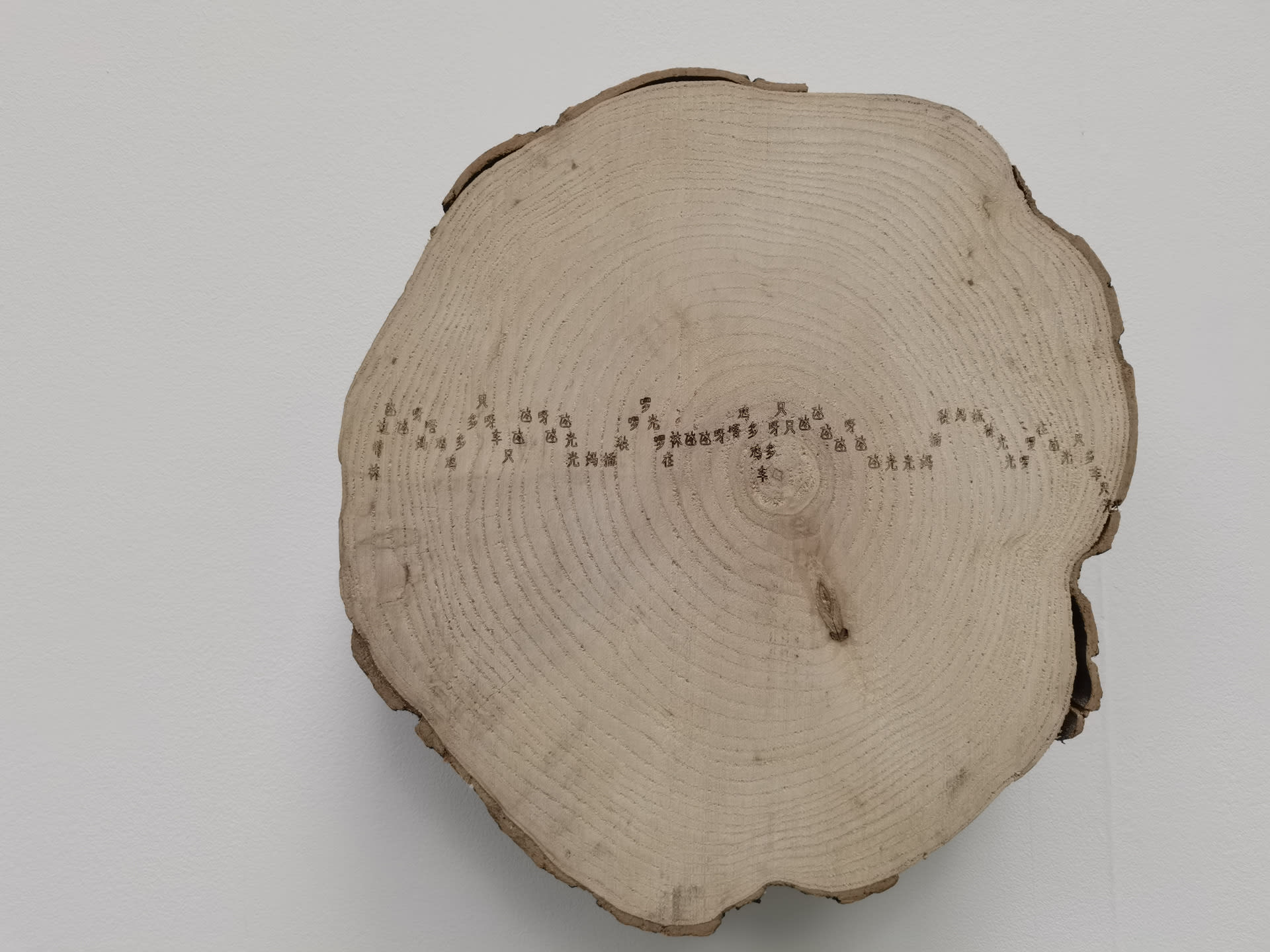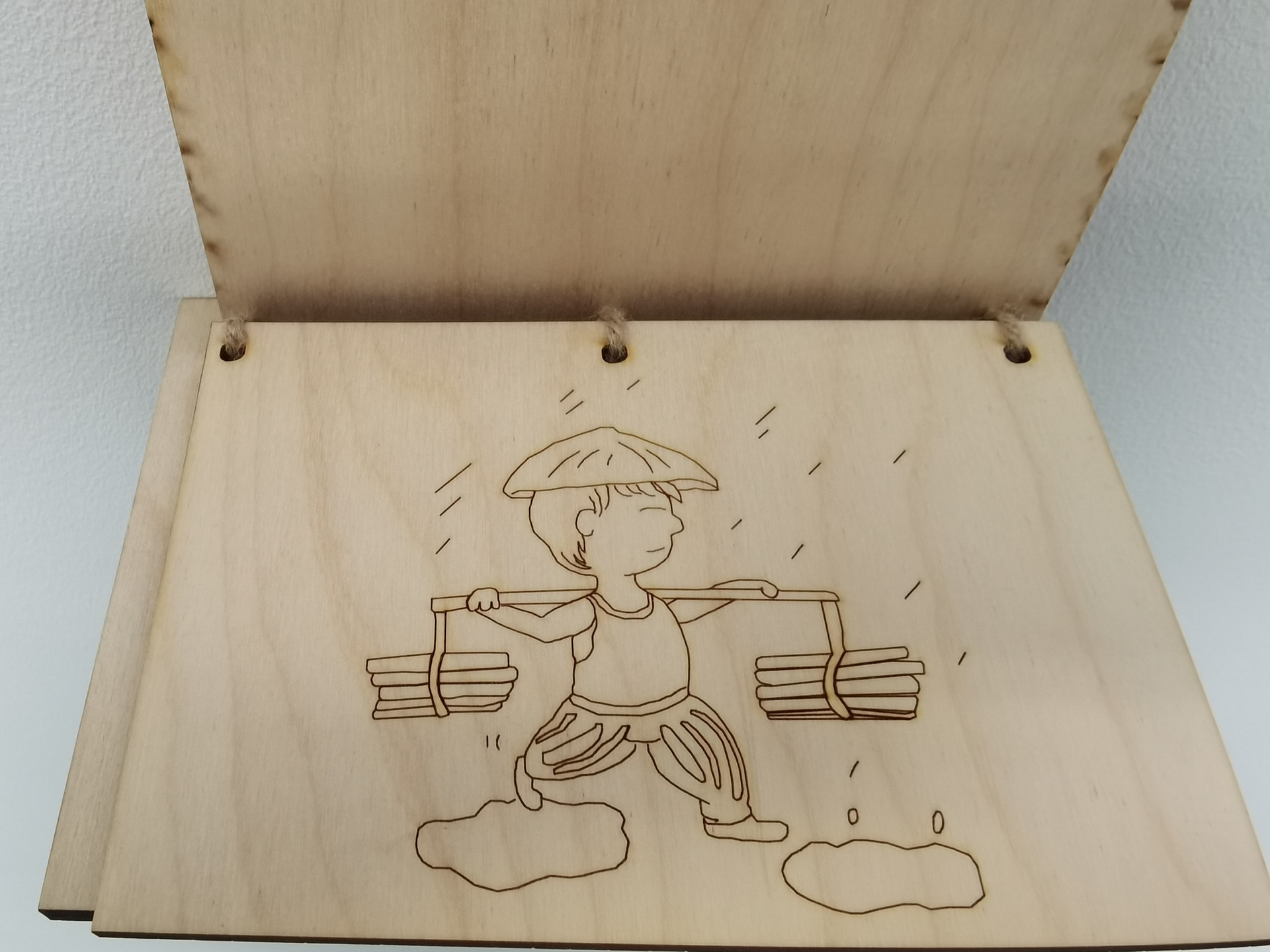SHURUI KONG, graduated from South China Normal University in 2019, and she is studying printmaking at the Royal College of Art in London.
Her main research direction is the combination of sound and printmaking to explore more issues of human sensory resonance.























